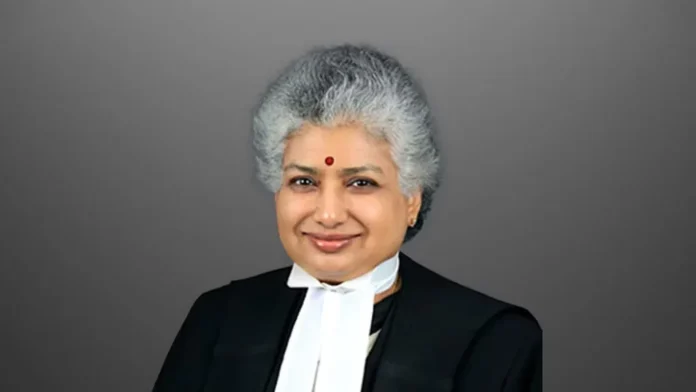Supreme Court Judge BV Nagarathna has highlighted the need to expand the use of mediation in India beyond its present focus on commercial disputes. She suggested that mediation could play a constructive role in resolving matters linked to government contracts, juvenile justice, environmental concerns, and intellectual property issues.
Speaking at the 2nd National Mediation Conference on the theme “Enhancing the Ecosystem for Mediation in India”, Justice Nagarathna stressed that the Juvenile Justice (Care and Protection of Children) Act, 2015 should actively incorporate victim–offender mediation (VOM). Such an approach, she explained, would help Juvenile Justice Boards practice restorative justice by giving victims a safe space to share their experiences and encouraging young offenders to acknowledge the harm caused and take responsibility.
She observed that embedding such mechanisms in the criminal justice system requires a practical assessment of field realities along with a structured plan for implementation. A specialized training curriculum for mediators, covering areas such as child psychology, trauma-sensitive approaches, and restorative justice practices, was also proposed.
Justice Nagarathna further pointed out that government agencies often pursue litigation even when success is doubtful, which wastes public money and burdens the courts. Commending the Finance Ministry’s guidelines favoring mediation and arbitration in public procurement, she urged government departments to adopt mediation as a primary choice for dispute resolution, not just a last resort.
Turning to environmental and climate-related conflicts, she noted their interdisciplinary nature and argued that mediation is well suited for such matters due to its flexibility and problem-solving orientation. She suggested that the Mediation Council of India establish a cadre of accredited “green mediators”—professionals with expertise in law, science, and negotiation—to address ecological disputes effectively.
Turning to environmental and climate-related conflicts, she noted their interdisciplinary nature and argued that mediation is well suited for such matters due to its flexibility and problem-solving orientation. She suggested that the Mediation Council of India establish a cadre of accredited “green mediators”—professionals with expertise in law, science, and negotiation—to address ecological disputes effectively.
In the field of healthcare and medical negligence, she emphasized the need to involve patient advocacy groups in mediation so that individuals are not overshadowed by large institutions. For intellectual property disputes, she underlined mediation’s strengths: confidentiality, preservation of business relationships, and the potential for innovative settlements such as licensing, phased rebranding, or co-existence agreements. She also advised startups to include mediation clauses in founders’ agreements, shareholder pacts, and investment term sheets to ensure faster conflict resolution.
Justice Nagarathna concluded by reminding stakeholders that mediation avoids the high costs, delays, and complexities of litigation. She urged the legal community and government to view mediation not as an alternative, but as a reliable, first-line method of resolving disputes.


